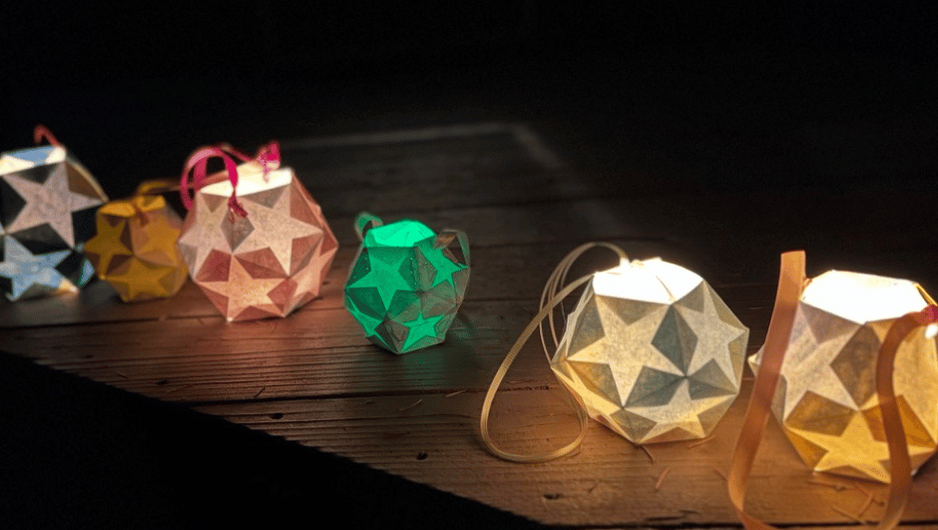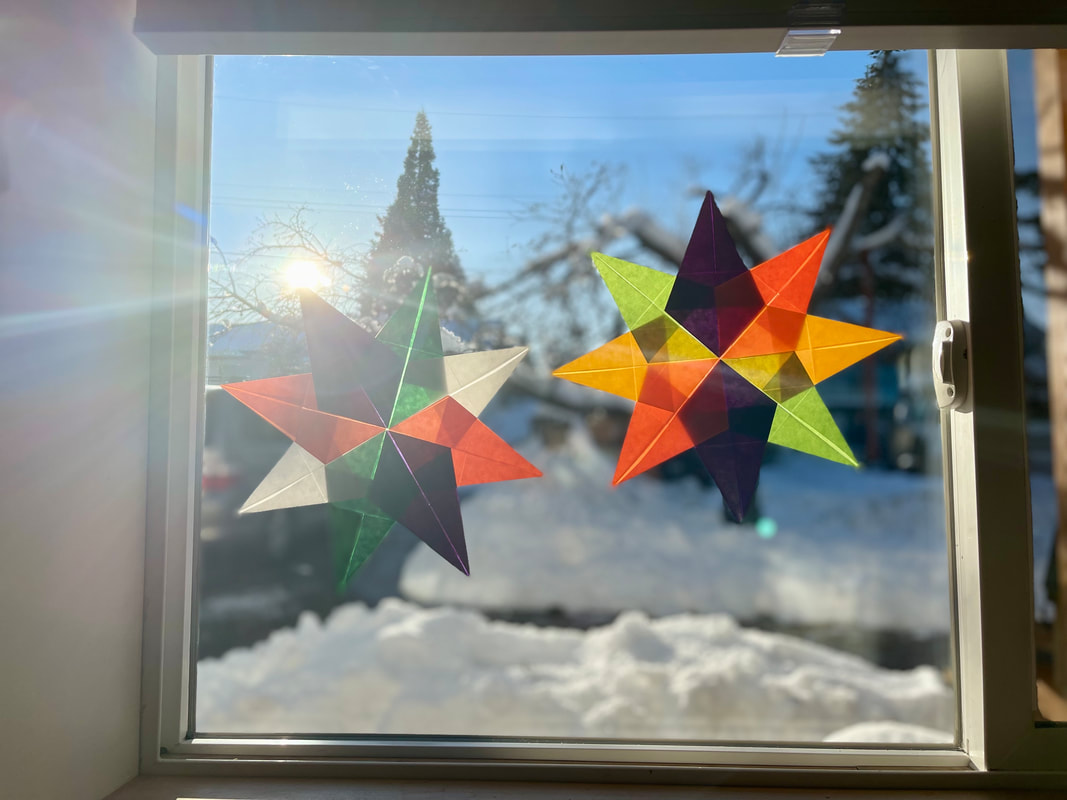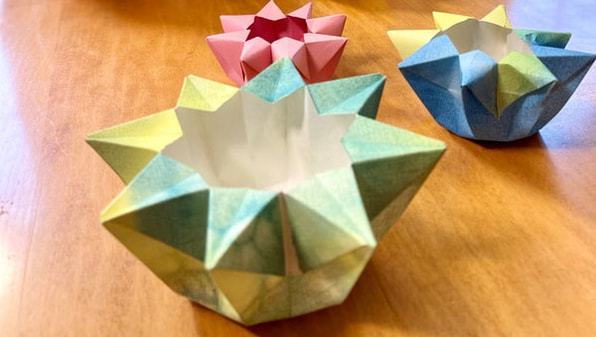Create Your Own Star LanternsThese geometric star lanterns are perfect for lantern walks and celebrating the Festival of Compassion. They are a little tricky, so may be better suited for older children, grade 4 and up. Materials
Step 1
Start by painting an 11″x14″ wet-on-wet watercolour painting with a basic colour wash or use a previously painted watercolour painting.
0 Comments
What are Nature Tables?What is a Nature Table and why do you see them in most Waldorf classrooms and in the homes of families who value Waldorf education? What purpose do they serve and why should you create one?
These beautiful eight-pointed stars are easy to make and it's fun to decorate your windows with them during the winter months. What You Need:
How to Make:Learn how to make beautiful paper star lanterns. These are perfect for your winter nature tables, for a lantern walk, or to decorate your advent spirals. They are also an excellent way to use up watercolour paintings. You can even coat the paper in olive oil and let it dry before folding it into a lantern. The oiled paper creates a beautiful translucent effect when lit up. Remember to never leave your candle unattended. Things You'll Need
How to Make Your LanternTeaching cursive is fun, easy, and has great pay-off. Cursive can be especially supportive to those that struggle with forming print, reversing letters, eye-tracking, or reading. Not convinced it’s worth it? Check out these articles that explain some of the benefits of teaching cursive.
Literacy Benefits: Scholastic.com Biological and Psychological Benefits: PsychologyToday.com Daily Wonder recommends teaching cursive as soon as grade two, when your child knows all the letters, knows their sounds, and is beginning to understand the rules for encoding (spelling). We recommend that the archetypal forms are brought in order of difficulty rather than letter by letter. Below is a step-by-step guide to bringing the forms that are the basis for the letters. Remember, any new skill needs daily practice to become a capacity. We recommend that once you have brought all the forms/letters that cursive then becomes your expectation for all written work. It can take a whole year to become a natural at cursive but just think of all the brain pathways you will create and strengthen in your child, what a gift |
BlogExplore schedules, rhythms & routines, songs, music, festivals, free play, meals, projects & more to support your homeschooling program.Categories
All
Archives
July 2024
|
You might be wondering... |
Visit us on Teachers Pay Teachers© COPYRIGHT 2020. ALL RIGHTS RESERVED
Serving your worldwide educational needs from Comox Valley, BC, Canada. |





 RSS Feed
RSS Feed